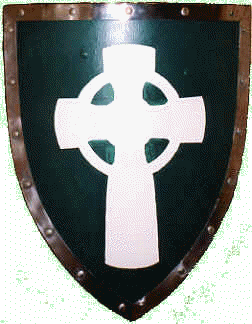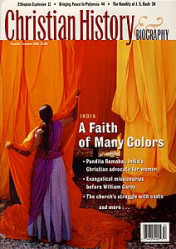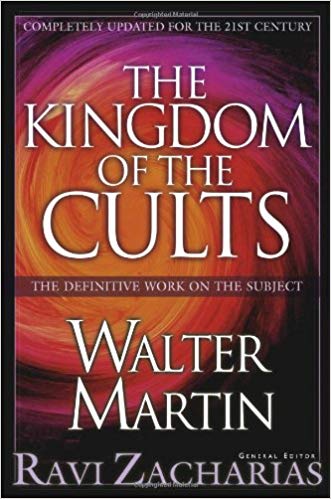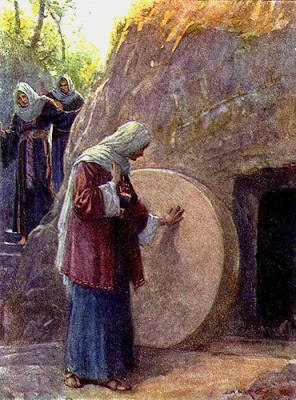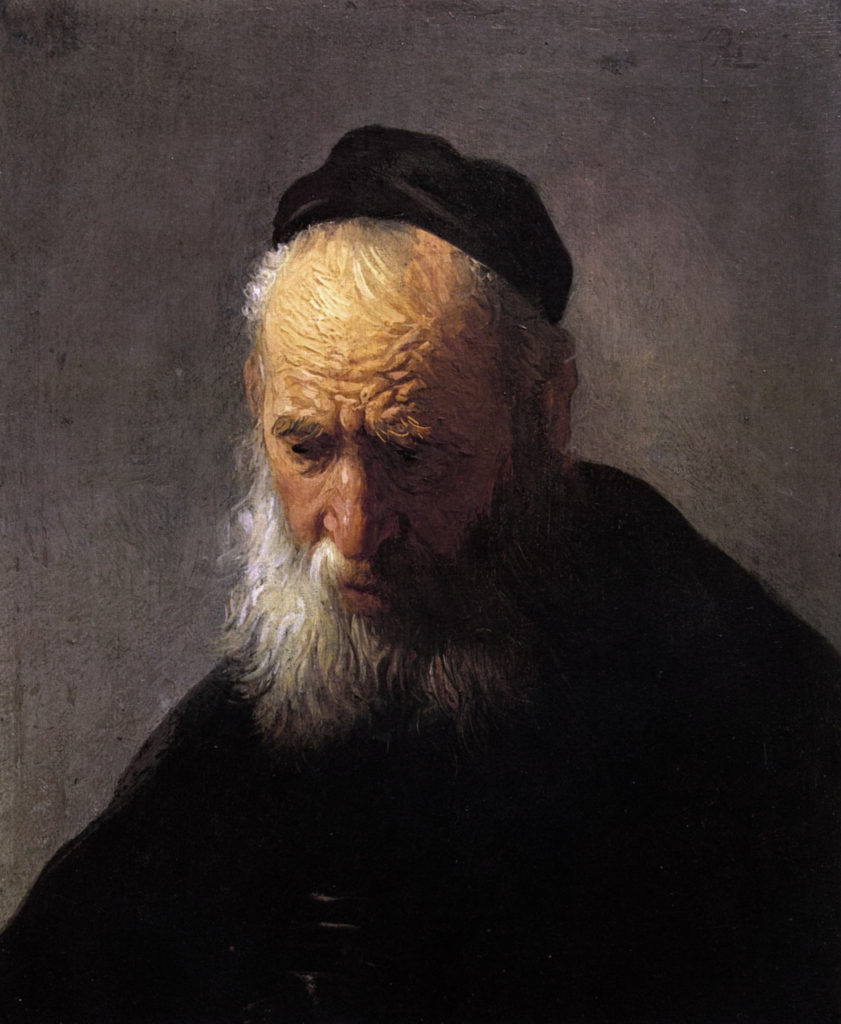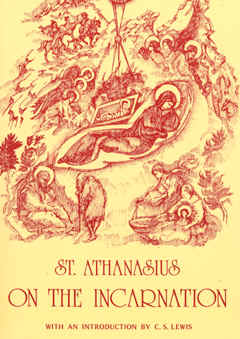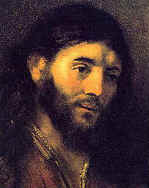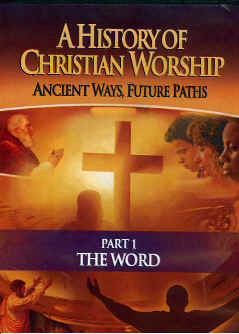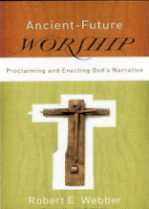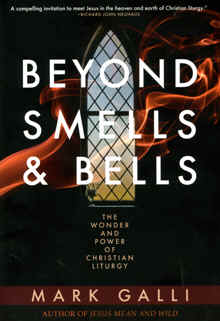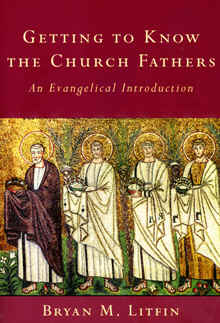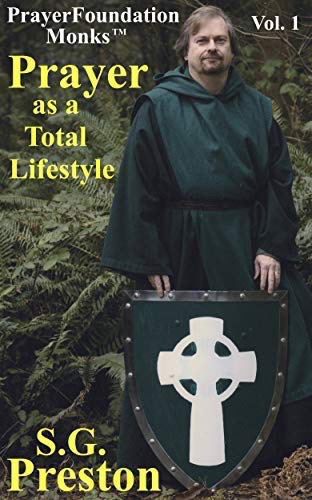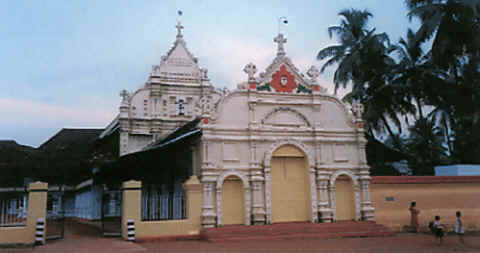
“O come, let us sing to the Lord: let us make a joyful noise to the Rock of our Salvation.”
-Psalm 95:1
An Ancient Nestorian Communion Service
We discovered this article on a Christian satire/humor website and post it because of the insight it might provide into the earliest church decoration and liturgy.
During the earliest times of great persecution, it was not possible to even have dedicated church buildings.
In 313 A.D., the Emperor Constantine’s “Edict of Milan” made Christianity legal throughout the Roman Empire. Before this, Christians had often been forced to meet secretly in private homes, and in underground Cemetery Catacombs.
Below the following the article, find information on “Nestorius” and “Nestorianism.”
_________________________________________________________________
The Church: Cathedral of the Assyrian Church of the East, Trichor, South India.
Denomination: The Assyrian Church of the East is a ‘Nestorian’* Church, which split with the Orthodox Church in A.D. 431.
The Building: Built in 1814, the church has an oriental look. The interior is quite plain, with no Icons or images (the Church believes that images break the second commandment), but with a host of globe lamps and a great chandelier hanging from the ceiling.
At the back is a high gallery, and at the side a grotesque pulpit, some 25 ft. in height and elaborately carved in dark teak, issuing from the sharp-toothed mouth of an Assyrian lion at floor level.
Beyond a floor-to-ceiling curtain at the front is the ‘chancel’ area – a barrel vault, the ceiling painted with clouds. The Neighborhood: Trichor is a large town in Kerala State, India. A well-founded legend says that St. Thomas brought the Gospel here in A.D. 52, and a number of ancient churches in South India claim this as their origin.
The church stands in a compound which includes the present Archbishop’s palace and the tomb of the last Archbishop (Mar Abimelek Timotheus), who is still revered as a man of prayer.
His tomb is practically a pilgrimage centre, visited by large numbers of people.
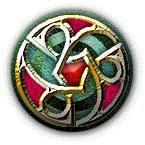

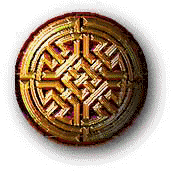

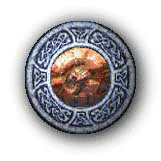


What was the name of the Service?
Holy Qurbana, 7:00 am (‘Qurbana’ is the name for Holy Communion). The local people come to this service before starting their day’s work.
The liturgy we used, the Liturgy of the Holy Apostles, dates from before A.D. 431, which makes this the oldest Christian liturgy in use in the world today.**
How full was the building?
Not very. There were 25 of us, the men standing on the left, the women on the right, with more men than women.
On Sundays, some 200 people attend, and then it’s standing room only.
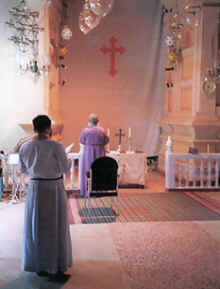


Did anyone welcome you personally?
No welcome. An old woman sitting near the centre of the church looked agitated when I sat down, for reasons that I discovered a few minutes later.
Was your pew comfortable?
There were no pews. You slipped off your shoes at the door and entered barefoot.
Most people then collected a rattan mat from a pile at the back of the church and sat cross-legged waiting for the service to begin. We stood on our mats for most of the hour and a quarter service.
How would you describe the pre-service atmosphere?
People were still arriving, pulling up their mats and sitting in silence. Maybe they were expectant, I’m not sure; it’s difficult to read moods in a foreign culture.
What were the exact opening words of the service?
The big sanctuary curtain was pulled back, and then the opening words of the Liturgy were sung three times by the Priest:
‘Glory to God in the highest’.
This was followed immediately by the Lord’s Prayer, sung by everyone. The service was in the local language, Malayalam, not one of the languages I took successfully to GCSE stage.
What books did the congregation use during the service?
Several worshippers were singing from prayer books, but they looked like their own copies. Most people knew this intricate service very well and did not need a book.
What musical instruments were played?
Just the human voice. There was lots of congregational participation – and the singing was strange, as it was very discordant. I couldn’t decide whether this was just an Eastern singing style, or a congregation of tone-deaf worshippers.
Did anything distract you?
When I arrived, there were only a few women sitting on their mats on the right-hand side of the church. I pulled up my mat quite near them. Then the men started to arrive.
Only when we were about 10 minutes into the service did it dawn on me that it was men on the left, women on the right, and I was in the wrong place.
The dread of every stranger in a church service: to be wrong-footed.










Was the worship stiff-upper-lip, happy-clappy, or what?
It was led from the front, although the congregation knew the liturgy inside out, sang the responses with conviction and at one point seemed to initiate a section of the singing without a prompt from the Priest.
I lost count of the number of times when the men (and one woman) slipped through the side doors for a moment to hawk and spit on the ground outside.
Exactly how long was the sermon?
There was no sermon. But I was struck by the way the Gospels were handled during the reading.
The book was contained in three layers of silk – green, red and saffron coloured, and each layer was carefully peeled back, corner by corner, until the book was ready to be opened. I’ve never seen such loving reverence for any book.
Which part of the service was like being in heaven?
Sharing the peace. A man from the congregation went up to the foot of the steps leading to the sanctuary and received the peace from the Deacon by placing his hands in the Deacon’s hands. He then returned to the rest of us and the blessing of peace was passed on in the same way.
The whole idea of ‘sharing the peace’ originated in India,*** and it was a moving experience to receive and give the peace in this way.
And which part was like being in…er…the other place?
Watching everyone else move forward to the sanctuary steps to receive the bread from the Priest and wine from the Deacon, while I stayed where I was.
I later discovered that I would have been welcome at the table. The Archbishop told me over breakfast (I was staying with him): ‘It’s not good to turn people away from communion’ – a refreshing contrast to the protectionist approach of the Orthodox and Roman Catholic Churches.
What happened when you hung around after the service looking lost?
Sad to say, no one approached the Englishman Who Stood in the Women’s Section. Maybe they were a bit shocked to see an out-of-season tourist in their midst.
How would you describe the after-service coffee?
Breakfast with the Archbishop included weak black tea and a dish made from rice and coconut, steamed inside a fat bamboo pole.
Sounds exotic, but it was actually a bit tasteless.
How would you feel about making this church your regular (where 10 = ecstatic, 0 = terminal)?
7, but only if I was able to learn Malayalam.
Did the service make you feel glad to be a Christian?
Yes, absolutely. This ancient and genuinely Indian expression of Christian faith made me feel part of the great communion of saints, past, present and worldwide.
What one thing will you remember about all this in seven days’ time?
There was a whirring fan on the left side of the sanctuary, and when the priest came to cense the altar, it blew the smoke across in a streaming hurricane of incense.
It amused me, but also seemed like one more symbol in a service rich in meanings.










Above article by: Mystery Worshipper Nick O’Demus. © Ship of Fools 2006. Re-printed by permission. The following is posted per the terms of permission for re-printing:
The Mystery Worshipper project, which produced this report, is run by shipoffools.com, the online magazine of Christian unrest. The project has volunteer reporters who visit churches of all denominations worldwide, leaving only a calling card in the collection plate.
For further reports, visit the Mystery Worshipper at: http://www.ship-of-fools.com/mystery/1998/027Mystery.html




An Ancient Nestorian Communion Service
Commentary Notes by Lay Monk Preston
(Compare/contrast with your own Worship Service)
______________________________
Liturgy from before 431 A.D.
Service held in the Vernacular (Common Local) Language.
No Icons or Images…Chancel painted with sky and clouds.
Pulpit for Sermon during Sunday Service.
Prayer regarded highly, and in being “a man of prayer.”
Communion Service held daily.
No pews…standing during Service.
Shoes removed before entering church.
(This last practice was observed by all Christians until the 800’s A.D. When Lay Monk Linda was a little girl, she lived in Mexico for 18 months, and remembers everyone removing their shoes before entering a Catholic Church. On our Honeymoon in Puerto Vallarta, everyone had to remove their shoes before entering the Cathedral.)
Service opens with three “Glorias” (“Glory to God in the Highest”) followed immediately by The Lord’s Prayer…both sung.
Service memorized by most (probably without trying, simply by lifelong familiarity).
No musical instruments used, only the human voice.
Much Congregational participation (Congregational Responses…sung).
Men and women on separate sides of the Church.
(This is still a common custom in many different parts of the world…Russia, Mexico, the Middle East, India, and elsewhere. It is also still Orthodox Jewish practice.)
No sermon during the daily Communion Service.
Gospel Reading.
Communion offered to all Christians, and in both kinds: bread and wine.
Giving of “The Peace” (The Sign of Peace) Incense used.
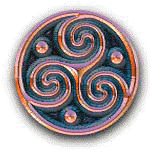





* Background on Nestorius and “Nestorianism”:
What is commonly referred to as “The Nestorian Heresy,” which has been rejected by all of Christian orthodoxy throughout the centuries (whether Eastern Orthodox, Roman Catholic, or Protestant), is the teaching that Christ was composed of two distinct persons: one human, and one divine.
Historic Christian orthodox belief is that Christ was and is, one person with two natures: at once both fully human, and fully divine.
Oddly, the “Nestorian” churches do not actually hold this aberrant “Nestorian” view. Some scholars think that neither did Nestorius himself, and that this early Schism might have been caused by a misunderstanding of terms in translation, or perhaps even was an intentional “misunderstanding.” ______________________________
This is a much more complicated matter, both Historically and Theologically, than can adequately be covered in a short summary. However, briefly:
Some argue that Nestorius’ (Patriarch/Archbishop of Constantinople 412-444-A.D.) beliefs were misrepresented intentionally for reasons of church politics (in modern parlance, that he was: “framed” and “railroaded” on “trumped-up” charges in an unfair and technically illegal “show trial”) so that he could be exiled by his powerful ecclesiastical enemies, one of which subsequently assumed his Office as Patriarch/Archbishop of Constantinople.
_____________________________
In 431 A.D., Celestine I, Bishop of Rome, commissioned Cyril, Patriarch of Alexandria, to conduct proceedings against Bishop Nestorius of Constantinople, his longtime adversary.
When the Eastern Bishops who were more sympathetic to Nestorius arrived, and learned that the Council summoned by the Emperor Theodosius II had already begun without them, they immediately established a rival Synod.
The Bishops who participated in this Synod, and declared Nestorius innocent of any heresy, were also all excommunicated with their entire flocks, and thereby was created the “Nestorian” Church. ______________________________
Another, separate Issue: A sore point to this day with both the Eastern Orthodox and Roman Catholic Churches:
The “Nestorians” refused to refer to the Virgin Mary as “the mother of God” (Theotokos), saying that she should instead be referred to as “the mother of Christ” (Christotokos).
______________________________
For further Information, see:
Wikipedia: “Nestorius.” Wikipedia: “Nestorianism.” _________________________________________________________________________
** “…which makes this the oldest Christian liturgy in use in the world today.”
The Divine Liturgy of St. James, traditionally considered to be the Liturgy of James, the Lord’s brother, is the ancient Liturgy of the Church in Jerusalem. It is generally considered to be the actual oldest Liturgy in continuous use: the Syriac Orthodox Church still uses it exclusively.
Indeed, it is considered by some to be the oldest Liturgy, period.
St. Basil the Great, from 370-379 A.D., revised, simplified, and shortened it to be what is now known as: The Divine Liturgy of St. Basil the Great.
St. John Chrysostom, in the 600’s A.D., desiring that more time be available for Sermons and Christian Teaching, in turn revised, simplified, and shortened St. Basil’s work to compile what is now known as: The Divine Liturgy of St. John Chrysostom.
This is the primary Liturgy of the Eastern Orthodox Church, although they still use all three Liturgies at different times during the year. ______________________________________________________________________
*** I could find no supporting evidence for the author’s statement that “the whole idea of ‘sharing the peace’ originated in India.”
In fact, it seems to be based on combining Matthew 5:23-24, “go to your brother, if he has something against you, before leaving your gift at the altar” with the common ancient Mediterranean “kiss of peace” greeting mentioned in Romans 16:16, 1 Peter 5:14, and at the end of three other of Paul’s Letters.
Justin Martyr indicates that in the 2nd Century (100’s A.D.) The Peace took place just before The Presentation of the Gifts at the Eucharist.
"AtHANASiuS CONtRA MuNduM" (AtHAnASiuS AgAiNSt the WORLd):

“When faced with people saying to him, ‘The world is against you!’ St. Athanasius replied, ‘Then I am against the world.”
_____________________
“Christians, instead of arming themselves with swords, extend their hands in prayer.”
_____________________
“In ancient times before the divine sojourn of the Savior took place, even to the saints death was terrible; all wept for the dead as though they perished.
But now that the Savior has raised his body, death is no longer terrible; for all who believe in Christ trample on it as if it were nothing, and choose rather to die than deny their faith in Christ.
And that devil that once maliciously exulted in death, now that its pains were loosed, remained the only one truly dead.”
_____________________
“Jesus that I know as my Redeemer cannot be less than God.”
_____________________________________________________
-St. Athanasius, Bishop of Alexandria
Author: “On the Incarnation”
This Website: PrayerFoundation Evangelical Lay Monks ™ Built by: S.G. Preston Ministries ™
Copyright © 1999-2024 S.G. Preston. All Rights Reserved.
Photos & Text Copyright © 1999-2024 S.G. Preston. All Rights Reserved.
